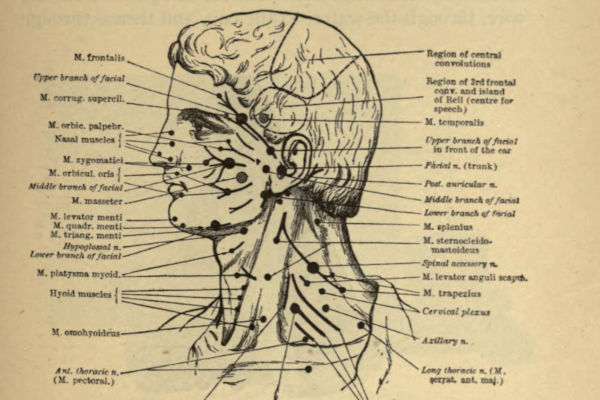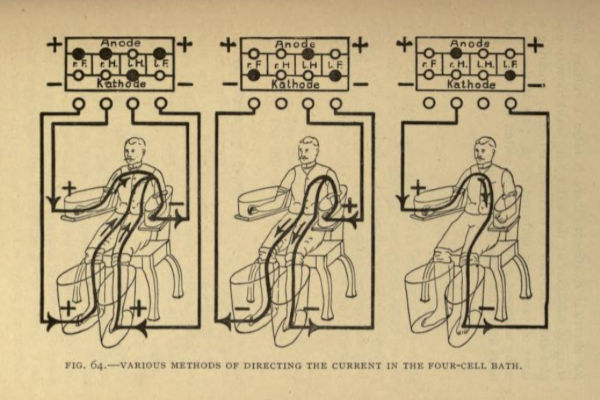Ethel May Magill OBE., MB.,BS.Lond.,DPH.,R.C.I.S Hons. 1881-1970
Ethel May Magill was born in Saddleworth on 1st May 1881 to James and Florence Magill. She would not have known her father, a doctor, as sadly he died just 2 months after her birth. Little else is known about her early childhood.
By the time she was ten, Ethel was a boarder at Salt Girls High School, living at 36/37 Albert Road in Saltaire. Her mother was working as a Lady Superintendent at the Bradford Infirmary.
Ethel was a bright pupil and, after passing the preliminary Scientific Examination of the London University, in 1900 she entered the London Medical School for Women. This was a remarkable achievement at a time when there was great resistance to women becoming doctors and only 200 trained female doctors in the whole of the UK.1
In 1906 she became a registered medical practitioner. About two years later Ethel sailed to North America to work in hospitals in Alberta, Canada and San Diego, California.
Service during the First World War

She returned to London in 1911 to work at the Royal Free Hospital. At this time female doctors were limited to treating women and children. However, the outbreak of the First World War in 1914 was something of a turning point in acceptance of women doctors treating male patients as many male doctors were now stationed abroad. In 1916, at the age of 35, Ethel became consultant radiologist at the famous Endell Street Military Hospital.
The hospital had been established the previous year by Louisa Garrett Anderson and Flora Murray at the request of the War Ministry. The 573-bed hospital, which received 26,000 wounded men over the course of the war, was entirely staffed by women, many of whom were militant suffragists.2.
As a radiologist, Ethel played a key role in treating the wounded men. In her memoirs a colleague recalls that Dr Magill was “the very busy radiologist; a prodigious number of pieces of shrapnel must have been located by her skill”.3
As well as radiology, a particular interest was massage and electrotherapy, in essence a forerunner to physiotherapy.2 In Addition to overseeing the Endell Street masseuses who treated the soldiers with paralysed limbs, she set up her own clinic and electrotherapy training school in Gloucester Place, London.2
Author and OBE

In 1916 a book written by Ethel, Notes on Galvanism and Faradism4, was published. This is thought to have been a textbook for the incorporated Society of Trained Masseuses (now Chartered Society of Physiotherapists) for whom she was an examiner.5
After the war, Ethel worked at the Royal Free Hospital and in 1920 was awarded an OBE for recognition of service during World War One. In 1923 she travelled to the Gold Coast Colony in Africa to work as a Medical Department Secondee. She returned to London in 1928, where she worked as a medical practitioner until about 1941 when she retired to Yalding, Kent.
Dr Ethel May Magill, who never married, died in Tunbridge Wells, Kent on the 28 July 1970 at the age of 89.
References
- University of London (2007). Women at Queen Mary Online: a virtual exhibition, the woman physician. Available at: https://women.qmul.ac.uk/virtual/themes/1850-1901/page3.htm accessed 18/07/2025.
- Moore, W. (2020). Endell Street: the women who ran Britain’s trailblazing military hospital. Atlantic Books, London.
- Bourne, E.E. (undated) Reminiscence 1916-1918. Available at: https://www.collections.slq.qld.gov.au accessed 18/07/2025.
- Magill, E.M. (1916). Notes on Galvanism and Faradism. Lewis & Co. Ltd, London. Available at https://archive.org/details/notesongalvanism00magiuoft
- Royal College of General Practitioners (2022). Women at the heart of General Practice: Deeds and words walk. Available at: https://www.rcgp.org.uk/getmedia/84e847cd-14c1-4bfc-86b8-fcf869edf143/Deeds-and-Words-Circular-Walk.pdf. accessed 18/07/2025.
Images
‘Various methods of directing the current in the four-cell bath’ from E M Magill, Notes on Galvanism and Faradism, page 181. Courtesy of the Internet Archive.
The staff of the Military Hospital Endell Street, August 1916. Courtesy of the London School of Economics Library and Flickr.
‘Motor points of the face’ from E M Magill, Notes on Galvanism and Faradism, page 103. Courtesy of the Internet Archive.
